
Standing stone in marshland. I didn’t venture in.

Standing stone in marshland. I didn’t venture in.


The back of the tomb, much narrower than the front, in typical wedge tomb fashion.


It’s a wonder that so much of this has survived this long.



Unclassified tomb in the Arch. Inventory of Donegal.



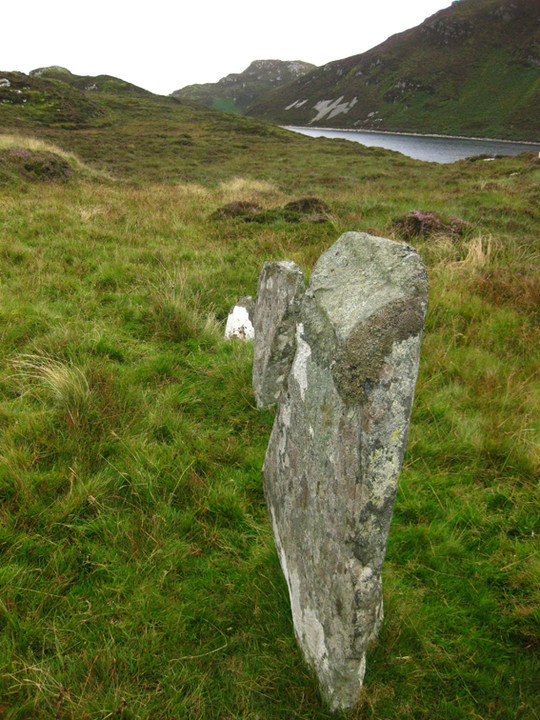
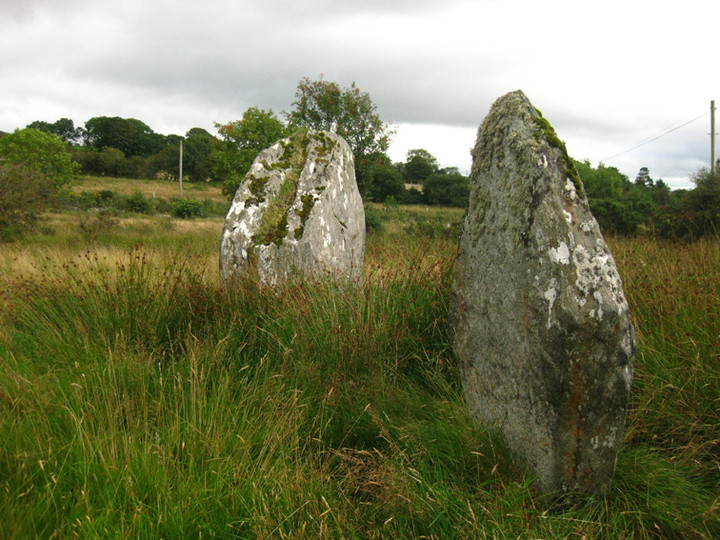


The decorated stone side on, with LM for scale (I need to buy a metre-stick!).

The decorated stone is 2 metres tall.
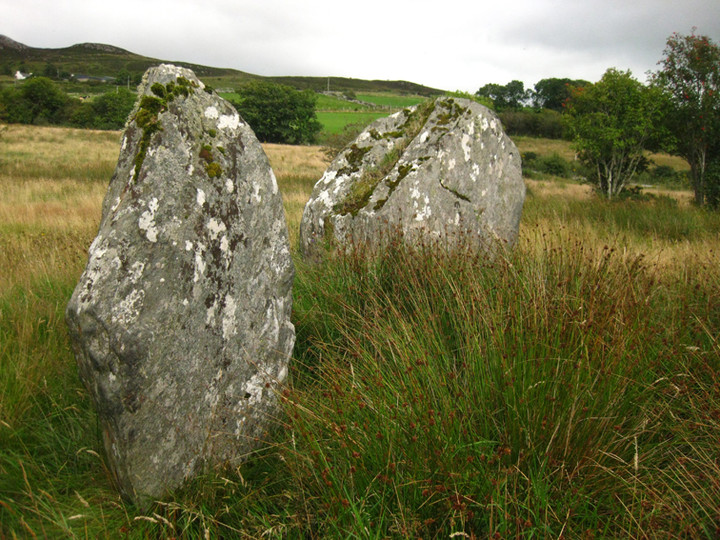
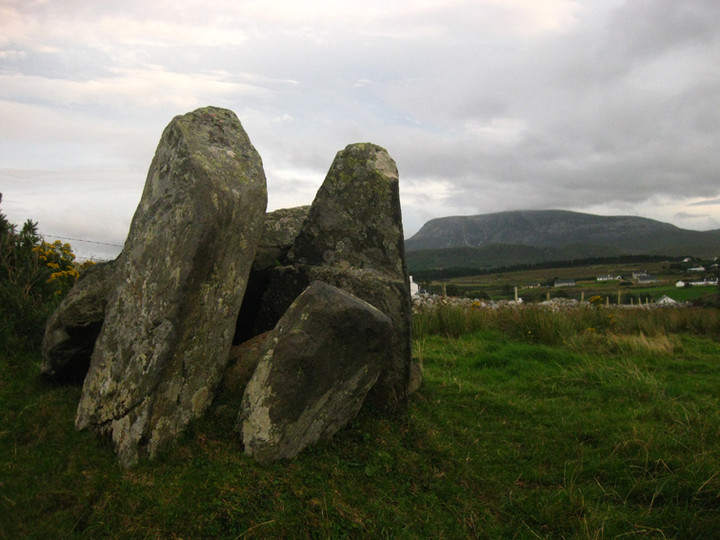
The small portal tomb with Muckish in the background.

The slipped capstone of Errarooey Beg has about 100 cupmarks on its top.

Muckish mountain dominates many a site in this part of Donegal.

The small ‘wishing stone of Mevagh’ (now missing) is said to have rested on top of the standing stone.
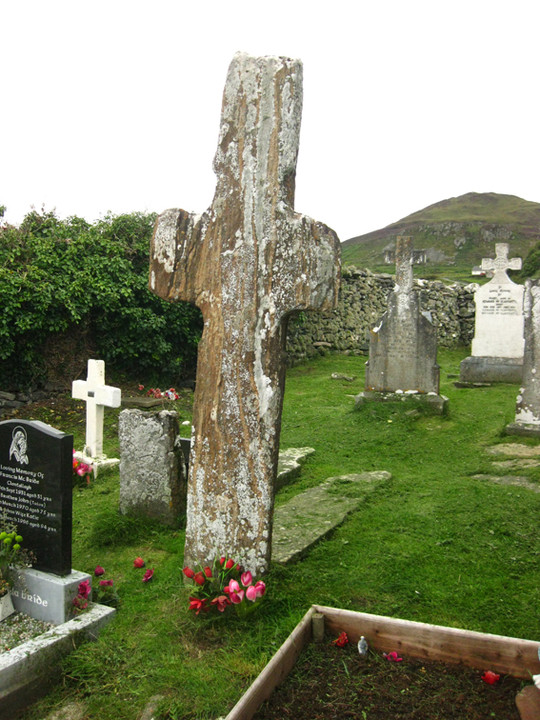
Standing stone to the left of the impressive cross in Mevagh graveyard.


Small standing stone in Mevagh graveyard, Cluain tSalach.

The cups are well-preserved in comparison to many stones I’ve seen.


The stone in the graveyard, with Mevagh peak to the south-west.
In a steeply sloping field that leads to the top of Trooperstown Hill, the stone slopes with the field and the basin is placed near the top. The basin is relatively small, dry today, but when it fills with water, it can be seen that it overflows and has caused a channel to erode away on the lower spine of the rock.
Earthfast bullaun in the so-called ‘Church-field’ in Trooperstown, one deep basin and one shallow. This is another of the prayer-type stones, probably with folklore attached that the basins are the impressions of a saint’s knees, made while he prayed. Maybe he had one leg shorter than the other, but that’s only speculation.
When we arrived at this there were three local kids sitting on the bench beside it. I got out of the car and started to take pictures. One of the kids asked me why I was taking pictures of the ‘bird-bath’. I explained that it was an ancient stone, probably carved well over two thousand years ago only to be met with a vacant stare and an “Oh”, followed quickly by all three heading off. It’s ok, I said to myself, maybe you planted a seed in one of their minds and they’ll develop an interest in their ancestry and culture. Yeah, right.
One of four bullauns in Lickeen townland, this is semi-submerged with only one of it;’s two basins partially visible. There was a thorn tree here until recently, but no more. The farmer leaves this patch of his pristine field alone. It would be nice to see the stone dug up some day.




The first signed bullaun stone that I’ve seen – I’m guessing that this was dragged here to its current location before they drowned the valley for the reservoir. I’ve seen shots of this semi-submerged, but we were here after a fairly decent summer and the lake was about 5 metres away.
I was searching for a bullaun stone south of Roundwood recently and the woman of the house told me of this stone – seems it’s well known in the locality and has ‘offerings’ in the basin. the stone itself is quite large, a metre-and-a-half long, by a metre high and three-quarters of a metre wide. The basin is, fairly typically, set off centre towards the west end of the stone.
We crossed the field to this stone, not knowing that there is a path along the reservoir to the other stone down by the lakeside. This is the better of the two at Knocktemple, the basin cut into the slope of the stone giving it one deep arc and one shallow. It’s bang in the middle of the field, just west of the old church site.
Slowly getting eaten up by the surrounding vegetation, the 24 cups on this earthfast boulder are the most distinct of the 4 cup-marked stones in the vicinity of Drummin, beside Keocha’s Brook.


The double bullaun is in the sheep-filled field in the middle distance.

Small basin in this bullaun, with overflow erosion down the stone to the left.



This stone has its own plinth and was probably moved here from elsewhere.

Looking north back down the Kilmacanogue to Roundwood road.


The patch of land where the bullaun lies is left alone by the farmer.

One of 4 bullaun stones in Lickeen townland, this has 2 basins, one just visible here.

This stone is signposted as you walk west along the footpath.